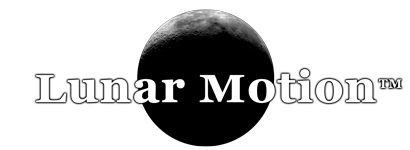With the World Cup starting this week, I had to create the obligatory probability models. I’ve used the FIFA ratings as my starting point, adjusted for geographical differences in travelling to Russia, and crunched the numbers. I get the follow for the top five teams and their associated probability of winning the championship.
| Team |
p |
| Germany |
6.8% |
| Portugal |
4.9% |
| Belgium |
4.4% |
| Brazil |
4.2% |
| France |
3.5% |
Interestingly, the percentages here give Portugal a slight edge over Belgium, even though Belgium is ranked higher in the FIFA rankings. This has to do with the first round groupings and the way the bracket gets structured. Even though they are the higher ranked team, Belgium’s path to the championship likely goes through more difficult teams than Portugal’s path. Even so, what should be very apparent is that any team’s path is difficult as evidenced by the favorite’s probability sitting at only 6.8%.
Worth noting is the presence of only one South American team among the model’s favorites. Going into the World Cup, Brazil is ranked second in the world. However, the historical data suggests that South American teams will under perform in Europe (and yes, I am counting Russia as geographically Europe for this World Cup). Applying a 10% deduction to the South American teams, the model takes both Brazil and Argentina out of the tournament in the quarterfinals matches.
Most probable results:
| 1st place |
Germany |
| 2nd place |
Belgium |
| 3rd place |
Portugal |
